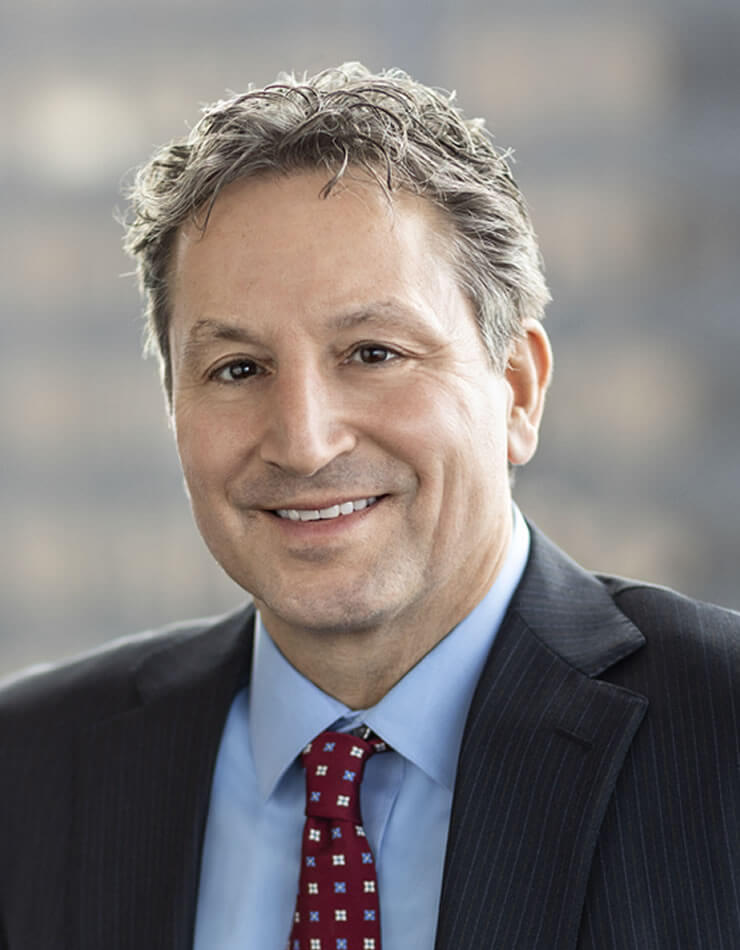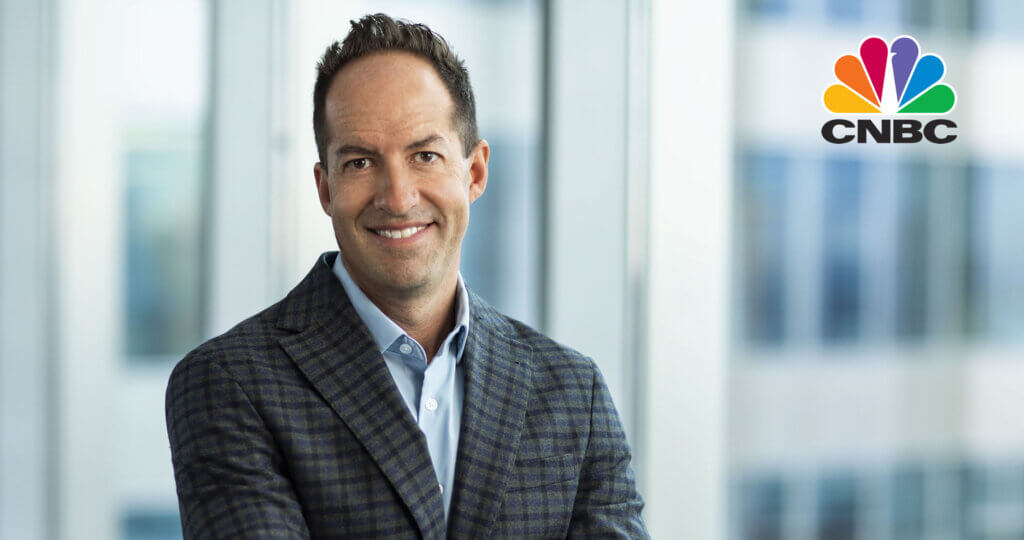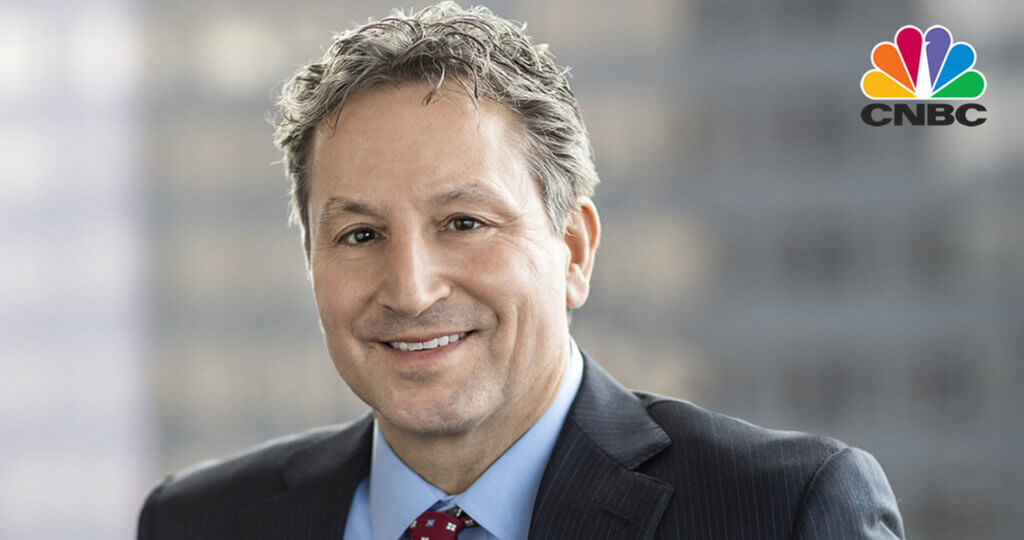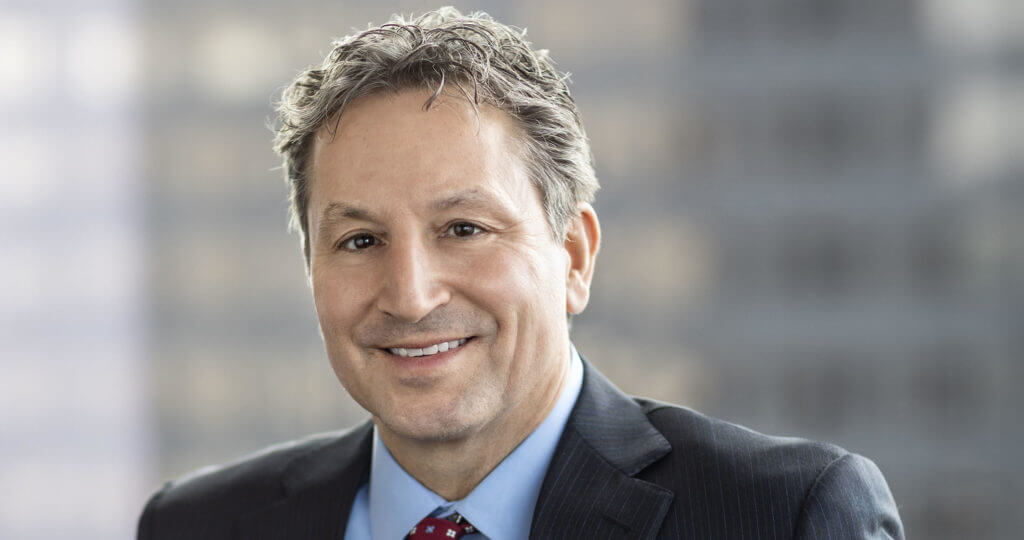Oakmark International Fund – Investor Class
Average Annual Total Returns 12/31/22
Since Inception 09/30/92 8.30%
10-year 4.22%
5-year -1.70%
1-year -15.65%
3-month 22.96%
Expense Ratio: 1.05%
Expense ratios are as of the Fund’s most recent prospectus dated January 28, 2022, as amended August 1, 2022 and October 1, 2022; actual expenses may vary.
Past performance is no guarantee of future results. The performance data quoted represents past performance. Current performance may be lower or higher than the performance data quoted. The investment return and principal value vary so that an investor’s shares when redeemed may be worth more or less than the original cost. The To obtain the most recent month-end performance data, view it here.
The Oakmark International Fund returned 23.0% for the quarter ended December 31, outperforming the MSCI World ex U.S. Index, which returned 16.2%. The Fund returned -15.7% for the calendar year compared to the benchmark’s return of -14.3% during the same period. In addition, the Fund has returned an average of 8.3% per year since its inception in September 1992, outperforming the MSCI World ex U.S. Index, which has averaged 5.6% per year over the same period.
The Fund generated positive absolute and relative returns in the fourth quarter. As we discussed in previous letters, equity valuations significantly declined during the first three quarters of 2022, despite the fact that the majority of our portfolio holdings continued to report relatively healthy levels of earnings and cash flow. During the fourth quarter, conditions in equity markets became more favorable as there were early signs of central bank increases in interest rates, improving supply chain conditions, and lower energy prices that could combine to help lower inflation levels in many countries. Furthermore, stronger international currencies relative to the U.S. dollar boosted international equity returns, even though most major currencies still ended the year down 5-15% versus the dollar.
The biggest contributors to our performance during the quarter were our industrials, financials and consumer discretionary exposures. While these industries are typically identified as “economically sensitive sectors”, we believe a number of our holdings are likely to be considerably more resilient than the market perceives. For example, our European financials, outside of Credit Suisse, performed well and still represent great value (see Intesa Sanpaolo discussion below). Our overweight exposure to these sectors is not the result of macro predictions, but rather a reflection of valuation as there remain several high-quality companies in these sectors still trading at highly attractive valuations given some investors’ macro concerns. As we enter 2023, we believe the portfolio is attractively valued as it trades just north of 50% of our estimate of intrinsic value despite the fourth-quarter recovery and most international currencies remain undervalued relative to the U.S. dollar. We believe this presents an attractive backdrop for generating positive absolute and relative returns over the next three to five years. Both of the portfolio managers were significant buyers of the Fund during 2022.
Intesa Sanpaolo, an Italian retail and commercial bank, was a top contributor for the quarter. We believe that Intesa’s strong fiscal nine-month results clearly demonstrate both its interest rate leverage and the conservative business model of the bank. Notably, the company’s net income for the nine-month period reached EUR 3.28 billion, which puts it on pace to surpass our full-year net income estimates. Along with these results, management raised guidance to more than EUR 4 billion of net income and, when excluding costs incurred for reducing exposure to Russia and Ukraine, Intesa would also be on pace to exceed the EUR 5 billion original business plan target for 2022. Rising interest rates have benefited Intesa as its net interest income grew by nearly 20% compared to a year ago, and by over 14% compared to the prior quarter. Intesa will experience a further boost from the full benefits of rate increases during the third quarter as well as the subsequent rate increase in November. We also like that operating costs remain well controlled and, despite inflation, have declined 1.8% year to date. With another 4,400 voluntary staff exits set to be completed by the first quarter of 2025, Intesa should be well-placed to offset the inflationary impacts on its operating costs. The report also indicated solid asset quality trends and significantly reduced risk since the company substantially lowered its exposure to the Russian market. Finally, Intesa’s capital position remains robust. We met with CEO Carlo Messina and CFO Stefano Del Punta in November and reviewed the bank’s top near- and mid-term priorities. We came away from the meeting pleased that our objectives for the bank are aligned with Intesa’s leadership team and we believe that the bank is well-positioned for future success.
Swiss Financial services company Credit Suisse was a top detractor for the quarter. Credit Suisse’s third-quarter headline results of a CHF 4.03 billion net loss for the quarter included a CHF 3.7 billion impairment of deferred tax assets (DTA). The DTA is attributed to the group’s securitized products segment, which is expected to be spun off from the company. Although the DTA impairment is a non-cash charge, the company had to raise a larger than expected amount of capital to get back to target ranges. Outside of the DTA write-down, we believe that third-quarter results show that the core franchises continue to perform acceptably despite the negative headlines. We also appreciate that management’s restructuring plan includes increasing the capital allocated toward the company’s higher quality franchises and away from its lower quality investment bank. Although we were disappointed that the company needed to raise more capital than we had expected, given the size of the DTA impairment and the desire for a new investor to come in, we believe this will leave Credit Suisse in a strong capital position. We have lowered our intrinsic value estimate following the announcement, partially driven by the dilutive capital raise.
During the quarter, we sold our investments in Brambles (Australia), Trip.com Group (China), UPM-Kymmene (Finland) and H&M Cl B (Sweden) in favor of names that we believe offer more potential upside.
We initiated the below position during the quarter:
- Akzo Nobel (Netherlands) is among the largest paint and coatings manufacturers in the world. We have invested in the company’s shares in the past and we are glad to once again add this company to the Fund. We think Akzo Nobel is poised to benefit from the pricing power that is inherent to coatings companies. Through pricing adjustments, the company is now fully recapturing inflation tied to its raw materials costs, and we believe it can retain a significant portion of the pricing gains in its decorative paints business. While pricing gains in performance coatings are less robust than in decorative paints, the company’s marine, aerospace and powder products generate some of its highest margins, and we are forecasting improved volumes in these businesses. In our assessment, these factors can lead to higher profitability over the medium term. Furthermore, Akzo Nobel has begun to recover the inflationary impact on its operating expenses, and we think this can lead to additional margin expansion. Notably, we believe new CEO Gregoire Poux-Guillaume is an effective leader, though one who is seemingly underappreciated by, or unknown to, most market participants. Overall, we view Akzo Nobel as a high-quality company that is advantageously positioned to reward shareholders.
- High-tech engineering firm Sandvik (Sweden) manufactures rock excavation equipment for the mining and construction industries, specifically used for drilling, crushing and loading materials. Sandvik recently revised its organizational structure and decentralized its business, which has closed the performance gap with mining equipment peers and created what we see as a more competitive, margin-resilient organization. Our research revealed that real mining industry capital expenditures are roughly 50% below prior peak levels and that machinery in use today is the oldest on record. Sandvik is favorably positioned to benefit from these expected new equipment purchases. Furthermore, the company currently provides maintenance services to only 50% of its installed equipment base, and we foresee a sizeable opportunity to expand its aftermarket business as equipment continues to be more technologically complex. Sandvik’s cutting tools product category also provides clear positive prospects, in our view, owing to recent software acquisitions in computer-aided design (CAD) and machining (CAM) that create unique and compelling hardware and software solutions for the premium market segment and that would also increase the company’s competitiveness. Lastly, Chairman Johan Molin was formerly CEO of another firm we have followed for many years, and we are pleased that the management team’s capital allocation is solid and that its operational execution is precise.
Geographically, we ended the quarter with approximately 88% of our holdings in Europe and the U.K., 9% in Asia, and 1% in Australasia. The remaining positions are 2% in North America (Canada) and 0.2% in Latin America (Mexico).
We thank you for your continued support.
The securities mentioned above comprise the following preliminary percentages of the Oakmark International Fund’s total net assets as of 12/31/2022: Akzo Nobel 0.6%, Brambles 0%, Credit Suisse Group 1.0%, H&M Cl B 0%, Intesa Sanpaolo 3.2%, Sandvik 0.4%, Trip.com Group 0% and UPM-Kymmene 0%. Portfolio holdings are subject to change without notice and are not intended as recommendations of individual stocks.
The MSCI World ex U.S. Index (Net) is a free float-adjusted, market capitalization-weighted index that is designed to measure international developed market equity performance, excluding the U.S. The index covers approximately 85% of the free float-adjusted market capitalization in each country. This benchmark calculates reinvested dividends net of withholding taxes. This index is unmanaged and investors cannot invest directly in this index.
On occasion, Harris may determine, based on its analysis of a particular multi-national issuer, that a country classification different from MSCI best reflects the issuer’s country of investment risk. In these instances, reports with country weights and performance attribution will differ from reports using MSCI classifications. Harris uses its own country classifications in its reporting processes, and these classifications are reflected in the included materials.
The Fund’s portfolio tends to be invested in a relatively small number of stocks. As a result, the appreciation or depreciation of any one security held by the Fund will have a greater impact on the Fund’s net asset value than it would if the Fund invested in a larger number of securities. Although that strategy has the potential to generate attractive returns over time, it also increases the Fund’s volatility.
Investing in foreign securities presents risks that in some ways may be greater than U.S. investments. Those risks include: currency fluctuation; different regulation, accounting standards, trading practices and levels of available information; generally higher transaction costs; and political risks.
The information, data, analyses, and opinions presented herein (including current investment themes, the portfolio managers’ research and investment process, and portfolio characteristics) are for informational purposes only and represent the investments and views of the portfolio managers and Harris Associates L.P. as of the date written and are subject to change and may change based on market and other conditions and without notice. This content is not a recommendation of or an offer to buy or sell a security and is not warranted to be correct, complete or accurate.
Certain comments herein are based on current expectations and are considered “forward-looking statements”. These forward looking statements reflect assumptions and analyses made by the portfolio managers and Harris Associates L.P. based on their experience and perception of historical trends, current conditions, expected future developments, and other factors they believe are relevant. Actual future results are subject to a number of investment and other risks and may prove to be different from expectations. Readers are cautioned not to place undue reliance on the forward-looking statements.
All information provided is as of 12/31/2022 unless otherwise specified.






